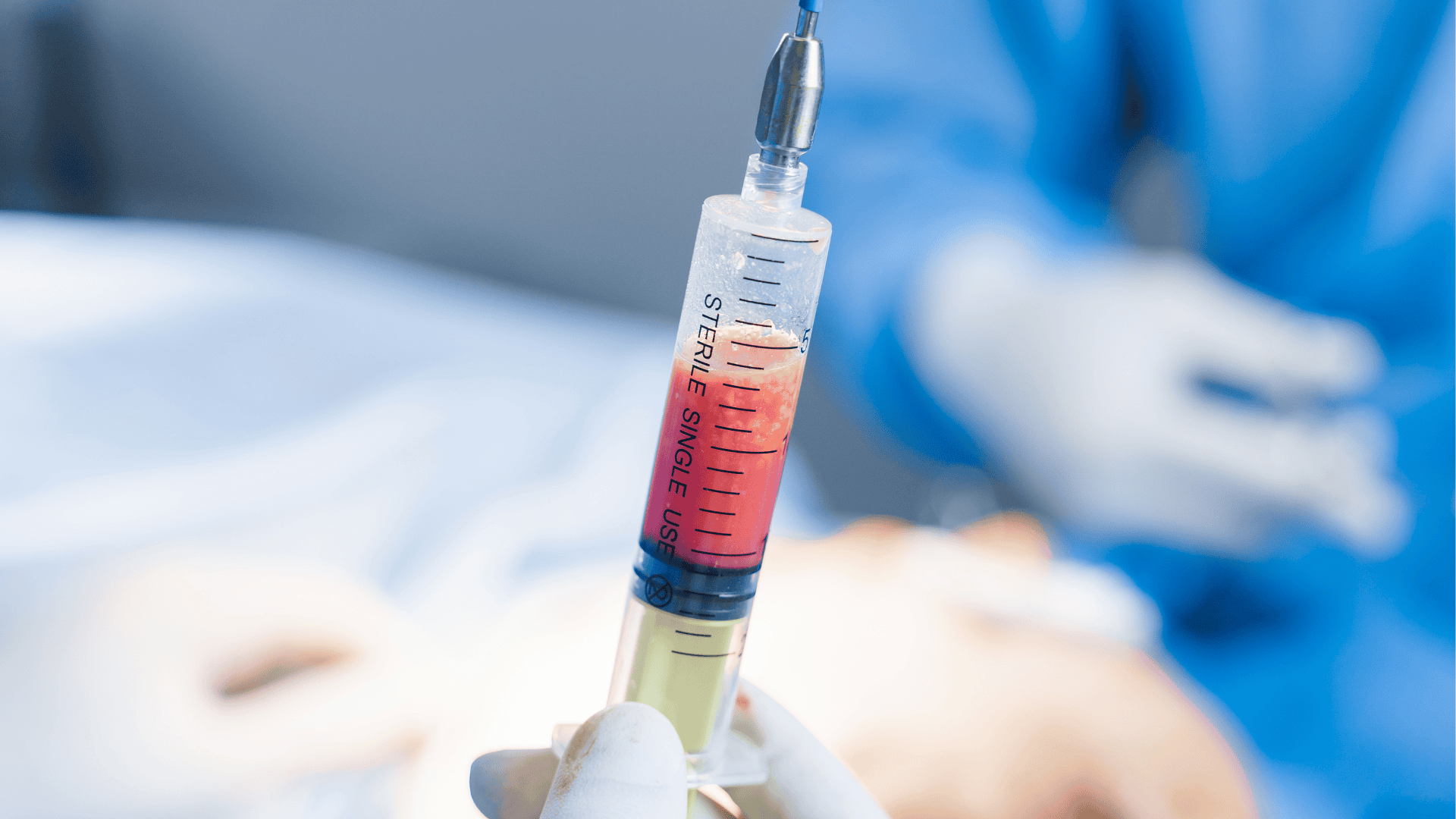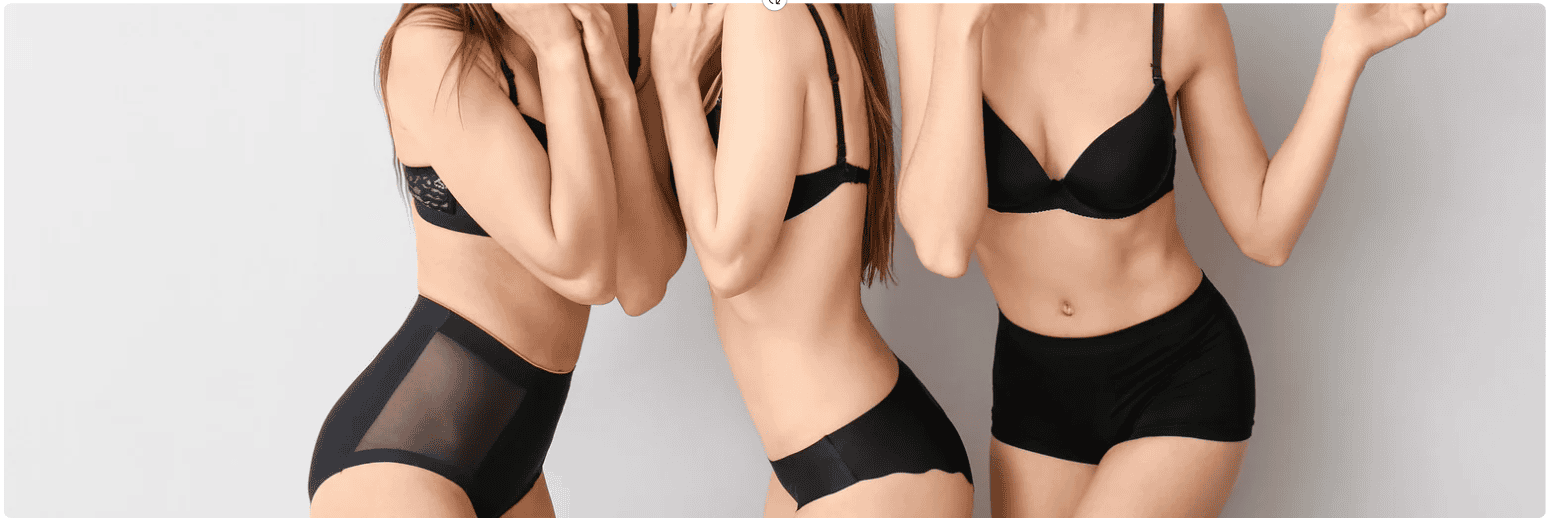
Fat Grafting (Lipofilling) (Breasts)
Fat grafting breasts, also known as lipofilling or autologous fat transfer, is a surgical procedure that involves harvesting fat from one part of the body and injecting it into another area to enhance volume and contour. This technique is commonly used for cosmetic purposes, such as filling in wrinkles, improving facial contours, augmenting lips, or restoring lost volume in the breasts or buttocks.
During the procedure, fat is first obtained through liposuction, typically from areas such as the abdomen, thighs, or hips. The harvested fat is then processed and prepared for injection. After preparation, the fat is injected into the desired area. One of the main advantages of fat grafting is that it uses the patient's own fat, significantly reducing the risk of allergic reactions or rejection.
After the procedure, patients may experience some swelling, bruising, and discomfort in both the donor and injection sites. Proper recovery and following the surgeon's instructions are essential for optimal healing. The results of fat grafting are usually visible immediately, but the final outcome may take several months to fully stabilize, as not all of the injected fat survives.
Fat grafting is generally considered a safe procedure; however, there are risks involved, such as infections, uneven results, and the possibility that the injected fat may not be adequately absorbed by the body. It is crucial for individuals considering fat grafting to be well-informed about the procedure, its benefits, and potential risks, and to consult with an experienced plastic surgeon for advice and guidance.

Why undergo Fat Grafting (Lipofilling)?
Fat grafting, also known as lipofilling, is a cosmetic procedure where fat is taken from one part of the body and injected into another to enhance volume, shape, or contour. Many people choose fat grafting because it offers a more natural approach to enhancing specific areas, such as the breasts, face, or buttocks, without the need for synthetic implants or fillers.
The procedure is particularly appealing because it uses the patient's own fat, reducing the risk of allergic reactions or complications associated with foreign materials. It is often sought by those who desire subtle, natural-looking results, whether to restore lost volume due to aging or to correct asymmetry. For example, women may choose fat grafting to enhance the size and shape of their breasts in a more organic way, or to rejuvenate the face by filling in deep wrinkles or hollow areas. Additionally, fat grafting offers the benefit of body contouring, as it removes fat from areas where it is unwanted, such as the abdomen or thighs, before transferring it to areas where more volume is desired. The dual benefit of removing fat from problem areas and enhancing other areas makes lipofilling a highly versatile and attractive option for many.
How is Fat Grafting (Lipofilling) performed?
Fat grafting begins with liposuction to harvest fat from areas of the body where there is excess, such as the abdomen, thighs, or flanks. This fat is gently removed using a thin, hollow tube called a cannula, and then it is purified to remove any unwanted substances, such as blood or oil, leaving only healthy fat cells for transfer. Once purified, the fat is carefully injected into the target area, whether it be the face, breasts, buttocks, or another area needing volume or contour enhancement. The surgeon strategically places the fat through small injections, sculpting the area to create natural-looking volume and smoothness.
The entire process is performed with great precision to ensure the fat integrates well with the surrounding tissue. Since not all of the transferred fat cells will survive, surgeons typically overfill the area slightly to account for natural absorption that occurs over the weeks following the procedure. Recovery from fat grafting is generally straightforward, though patients may experience some swelling or bruising in both the donor and treatment areas. Depending on the extent of the procedure, patients can often return to normal activities within a few days to a week, with full results becoming visible as the swelling subsides and the transferred fat settles.
What are the benefits of Fat Grafting (Lipofilling)?
The benefits of fat grafting are wide-ranging, making it a popular choice for those seeking natural enhancements with long-lasting results. One of the most significant advantages is the use of the patient’s own fat, which greatly reduces the risk of complications or rejection that can sometimes occur with synthetic implants or fillers. Because the fat comes from the patient’s own body, the results tend to look and feel very natural, blending seamlessly with the surrounding tissue. Fat grafting is also highly versatile, allowing for volume enhancement in various areas, from subtle facial contouring to breast or buttock augmentation. For those looking to achieve a fuller, more youthful appearance without the use of implants, fat grafting offers an excellent solution. Additionally, the procedure combines the benefits of body contouring with volume enhancement, as fat is removed from areas like the abdomen, thighs, or hips where it is often unwanted, providing an additional aesthetic improvement.
The recovery process is generally less invasive compared to traditional augmentation surgeries, and the results are long-lasting, with the fat cells that survive the transfer becoming a permanent part of the treated area. Fat grafting not only enhances specific body areas but also offers a more holistic approach to body sculpting, improving overall balance and harmony in a way that is both natural and aesthetically pleasing.

What are the risks and complications of Fat Grafting (Lipofilling)?
While fat grafting (lipofilling) is generally considered a safe and effective procedure, like any surgery, there are potential risks and complications that patients should be aware of. The most common concerns include infection, bleeding, and uneven results, where the injected fat may not be evenly distributed or may not survive the transfer process. Not all of the injected fat cells will survive, which can lead to some volume loss over time. In some cases, the transferred fat may not be absorbed by the body as expected, leading to asymmetry or the need for a follow-up procedure. Another potential complication is the formation of lumps or hard areas in the treated area, which may require additional treatments to correct. It's also important to note that fat grafting requires the surgeon to have a high level of expertise in ensuring the fat integrates properly with the surrounding tissue. To minimize these risks, it's crucial to choose a qualified and experienced plastic surgeon and follow all pre- and post-operative care instructions carefully. Patients should also maintain realistic expectations and understand that results may vary.
Fat Grafting vs. Implants
When considering breast enhancement or facial rejuvenation, many patients wonder whether fat grafting (lipofilling) or implants are the better option. Both procedures offer significant benefits, but the best choice depends on individual goals and preferences. Fat grafting uses the patient's own fat, which provides a natural look and feel. It is ideal for those who prefer subtle enhancements and are seeking a more natural approach to volume augmentation. Additionally, fat grafting can be a great option for those who wish to improve multiple areas of the body, as it involves liposuction to remove unwanted fat from areas like the abdomen or thighs, making it a dual-purpose procedure. On the other hand, implants are typically used for larger volume increases and provide more predictable results in terms of size and shape. While implants offer long-lasting results, they carry the potential risks of complications like implant rupture or capsular contracture. Ultimately, the choice between fat grafting and implants depends on factors such as the desired level of enhancement, body type, and whether the patient prefers a more natural or structured result. Consulting with an experienced surgeon can help determine the best option based on individual goals.
Post-procedure care for Fat Grafting (Lipofilling)
After undergoing fat grafting (lipofilling), proper post-procedure care is crucial to ensure the best possible results and a smooth recovery. Immediately after the procedure, patients can expect some swelling, bruising, and discomfort at both the donor and treated areas. Pain management is typically handled with prescribed medications, and it's important to follow the surgeon’s advice on how to manage these symptoms. Wearing compression garments as recommended will help reduce swelling and support the healing process. It’s also important to avoid vigorous physical activities, such as exercise or heavy lifting, for at least a few weeks following the procedure to allow the body to heal and prevent complications. Although the recovery process is relatively quick compared to more invasive surgeries, patients should still expect a few weeks of rest and follow-up appointments with their surgeon to monitor progress. Over time, as the transferred fat integrates into the surrounding tissue, the final results will become visible. Patience is key, as it can take several months for the area to fully settle and for the final contour to emerge. Following the surgeon's aftercare instructions closely will help ensure that the fat cells survive and provide long-lasting results.

